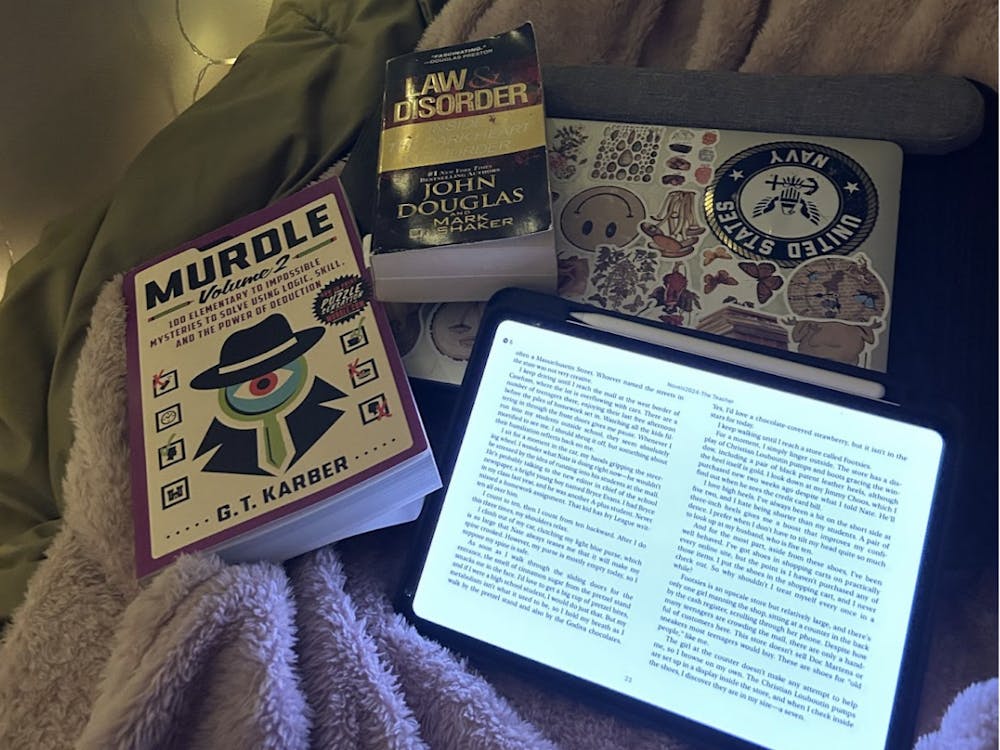Communities in Baltimore have the ability to directly impact the health and well-being of youth through social intervention. Dr. Adam Milam focuses on characterizing adolescent substance abuse in neighborhoods and developing interventions to reduce adolescent exposure to violence, alcohol, tobacco and other drugs.
Milam is a cardiothoracic anesthesiologist at Mayo Clinic. He is currently an associate professor of anesthesiology at Mayo Clinic School of Medicine and professor of practice at Arizona State University College of Health Solutions. He also has a part-time faculty appointment at the School of Public Health.
In an interview with The News-Letter, Milam explained that the neighborhood environment predicts many adolescent outcomes, such as adolescent substance use, perceived safety to and from school and academic achievement.
“The next goal is ‘How can we change the neighborhood environment to promote good health and wellbeing for adolescents?’” he said.
Characterizing the neighborhood environment through various tools, such as the Neighborhood Inventory for Environmental Typology (NIfETy) developed by Michigan State University Professor of Public Health Debra Furr-Holden, is one way to evaluate how the built and social environments have the potential to affect adolescent substance abuse.
The NIfETy tool, an observational and standardized inventory, uses independent raters to objectively characterize measures of an environment in addition to geographic information system technology and observational epidemiology.
This method evaluates seven domains, including physical layout, types of structures, adult activity, youth activity, physical order and disorder, social order and disorder and exposure to violence, alcohol and other drugs. Examples of such measurements are the number of abandoned houses, broken windows and people walking down the street in a given geographic area. The NIfETy data were validated using census and self-report data and found to be reliable.
Milam has conducted research showing that youth living in neighborhoods that deteriorate over time, compared to those living in neighborhoods that remained in a better condition over time, were more than 30% more likely to use marijuana two years after high school.
Neighborhood physical environment is also correlated with being overweight. Risk factors for obesity, including depression and anxiety, are associated with substance use.
The NIfETy tool inspired a similar instrument used to evaluate school and business environments. The School Assessment for Environmental Typology (SAfETy), developed by Milam and his colleagues, uses eight factors to characterize school physical and social environments, including disorder, trash, vandalism, illumination, ownership and positive behavioral expectations. Another study found that altering school physical environments and students’ perception of the school environments can reduce violence.
Alcohol outlets are also a risk factor for adolescent behavioral outcomes. A study by Milam and colleagues found that children who passed by an alcohol outlet on the route to school were more likely to be offered alcohol, tobacco and other drugs.
Milam and his colleagues engaged with the Baltimore community and found that based on the data collected and community priorities, there was a desire to alter the alcohol environment. Alcohol and tobacco-related advertisements, visibility of alcohol outlets and signage enforcing laws against underage drinking were evaluated, and they found that students had more access to alcohol outlets than grocery stores. Additionally, alcohol outlet density and proximity were associated with perceived safety among children and adolescents.
Research from Milam and his colleagues was used to rewrite the Baltimore City zoning code in 2016. It was found that reducing the density of alcohol outlets was the most significant change made to improve the health of residents through the zoning code. The rewrite, the first in around 40 years, aimed to decrease violent crime, increase neighborhood safety and decrease negative exposures to violence, tobacco and other drugs by decreasing alcohol outlet density.
Three main changes were made to the zoning code. The first, “right spacing,” prevented alcohol outlets from co-locating within 300 feet of an existing alcohol outlet. The second, “right licensing,” required alcohol outlets to devote 50% of sales and floor space to on-premise consumption. The third, “right sizing and right placement,” phased out alcohol outlets that did not conform to the previous zoning code.
Milam emphasized the importance of community-based participatory research, partnerships with stakeholders, funding, collecting local data and continued advocacy and engagement with stakeholders in successfully translating research into policy change. He explained that continuing to research the impact of new legislation and enforcing policies is critical.
“If you come up with these good public health policies that lack enforcement, my mentor Debra Furr-Holden calls it ‘gums without teeth,’” Milam said. “It just doesn’t work, and we won’t see a difference.”
Milam discussed the possibility of applying the same interventions he has researched in Baltimore to other major cities facing similar public health problems. Detroit, where he completed medical school, is also oversaturated with alcohol outlets.
He is also hopeful that Hopkins continues such research with the Baltimore community.
“Baltimore is home for me,” Milam said. “I continue to do a lot of research within the city, so I’m glad we’re having these conversations, and I hope students are still doing meaningful research and learning about Baltimore, working with the community and sharing what they find with the community and other stakeholders. It’s invaluable.”





